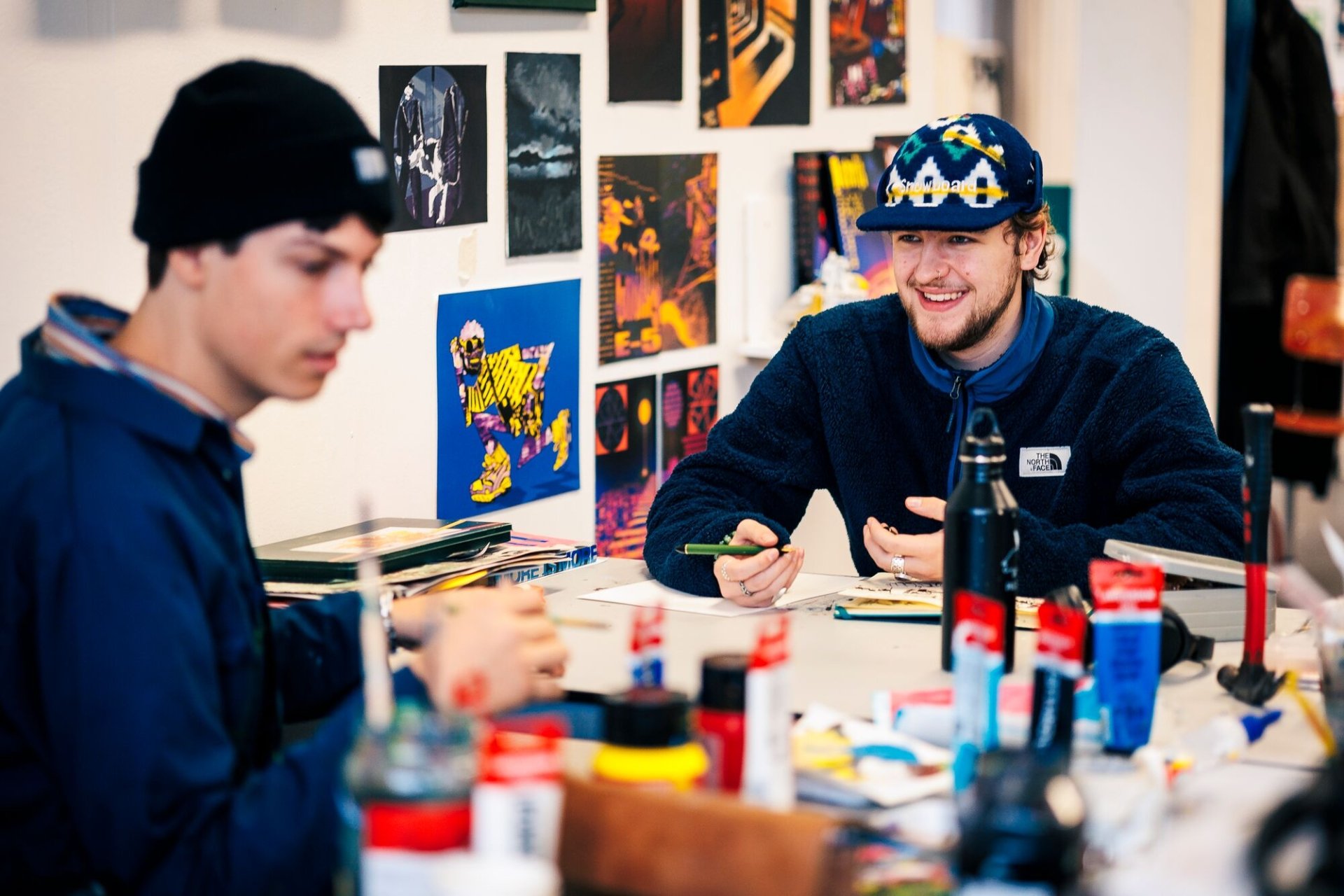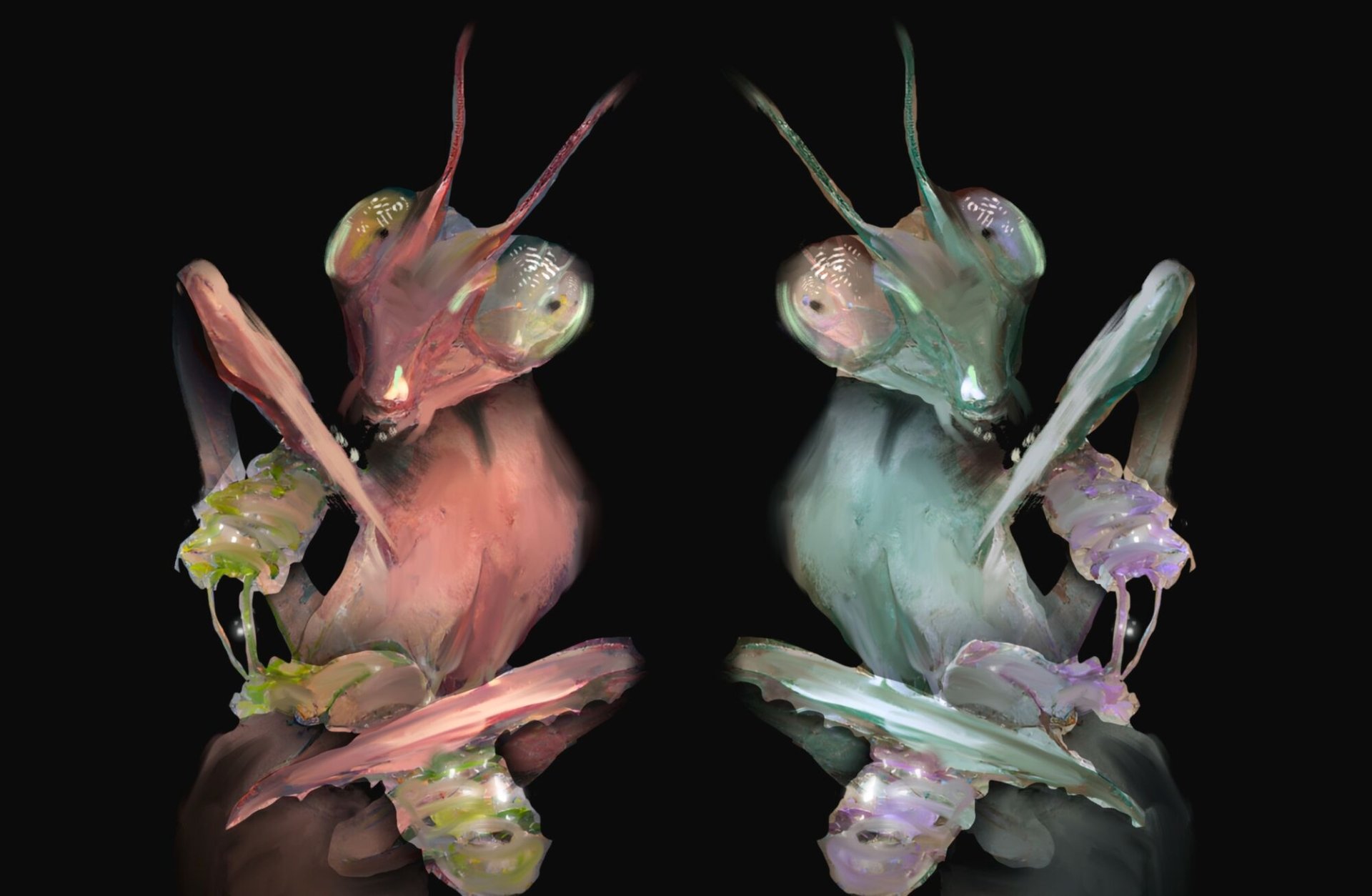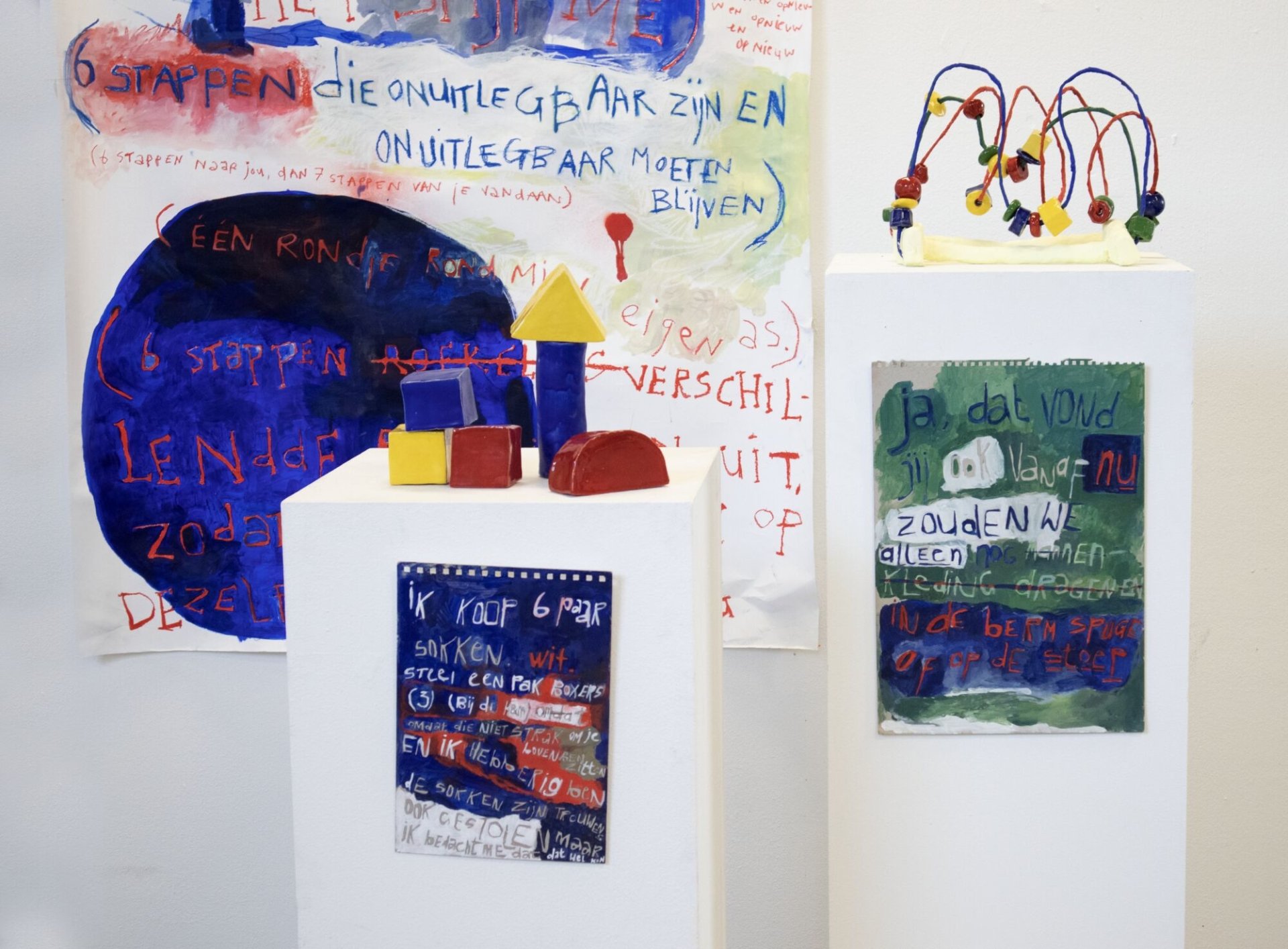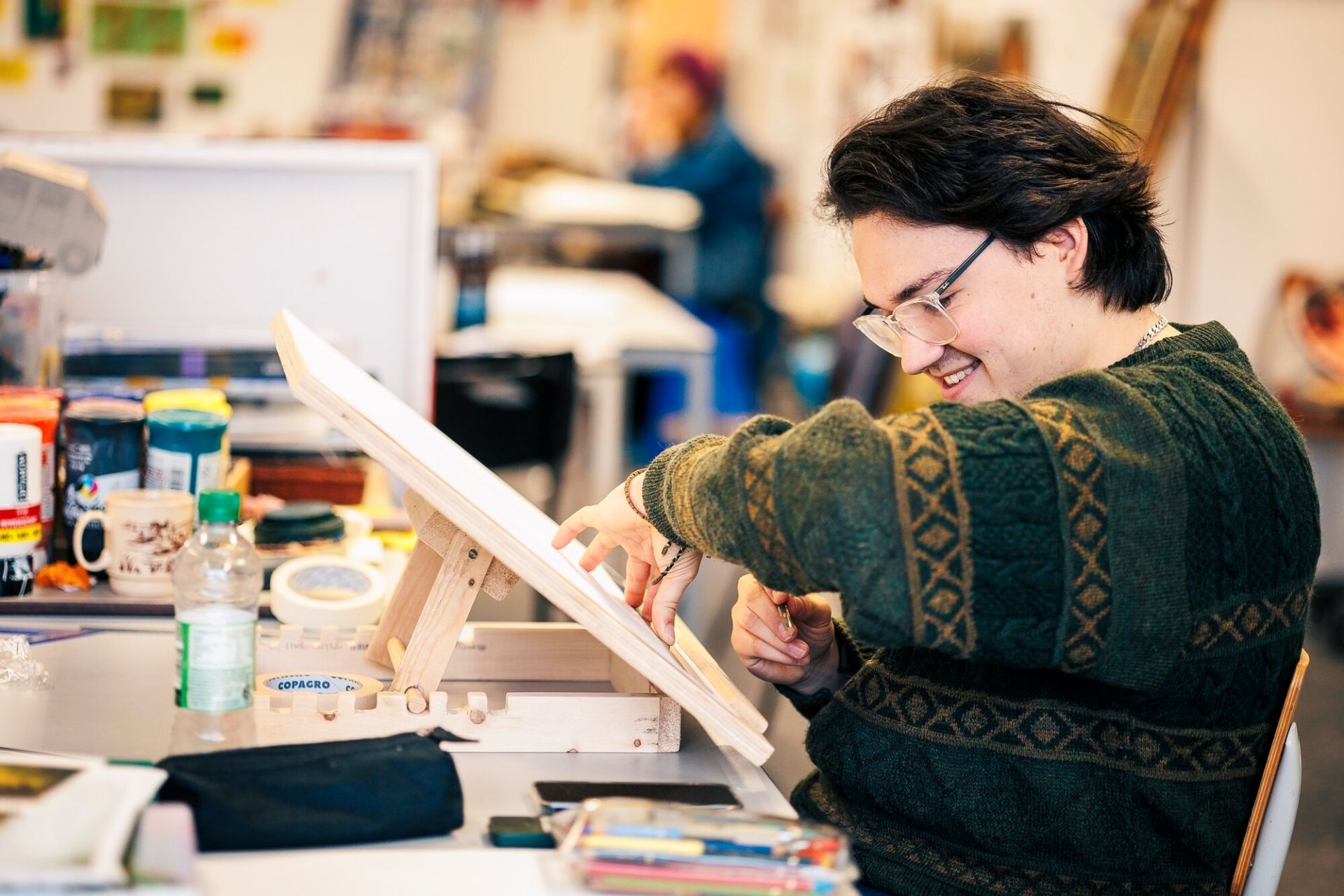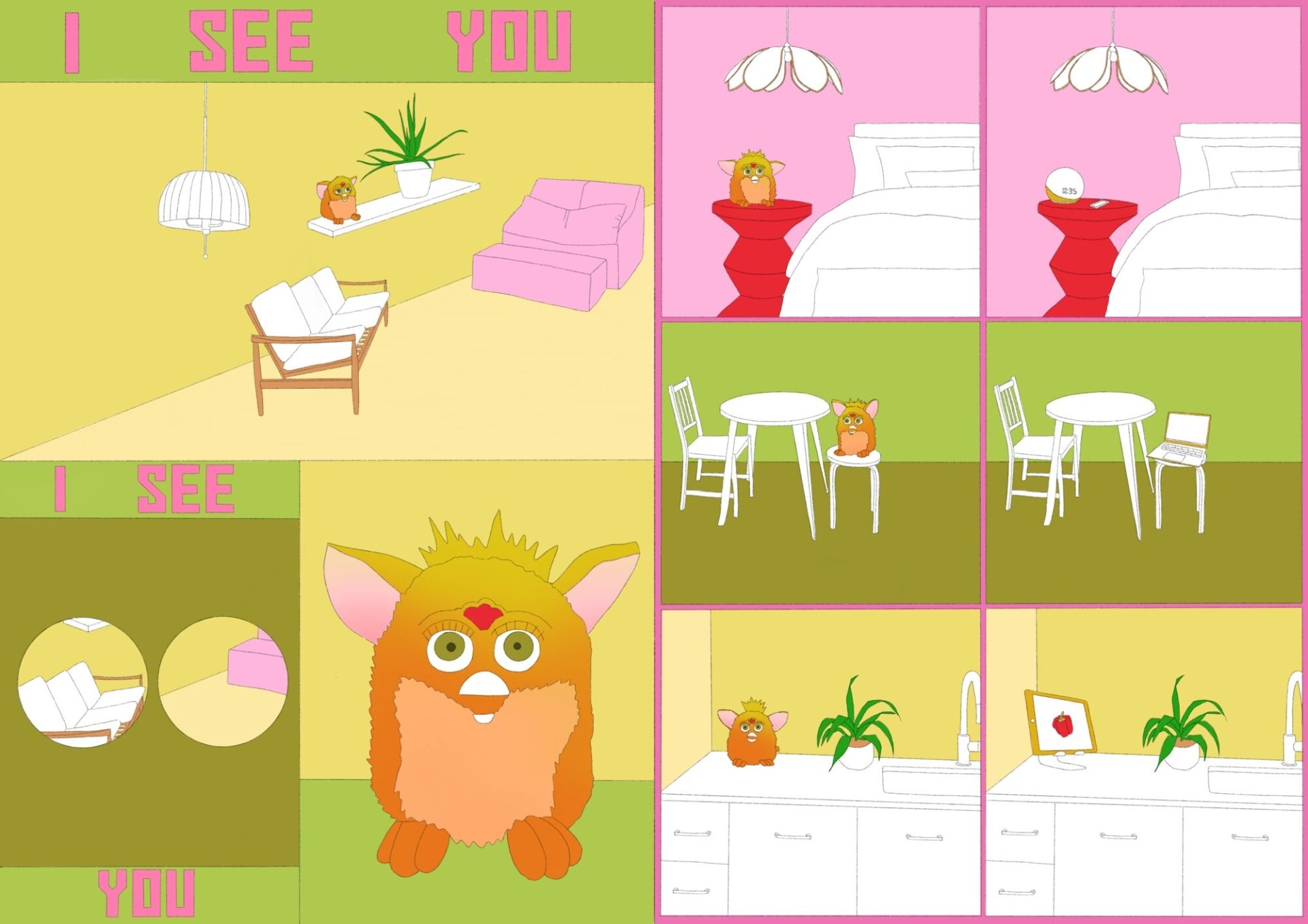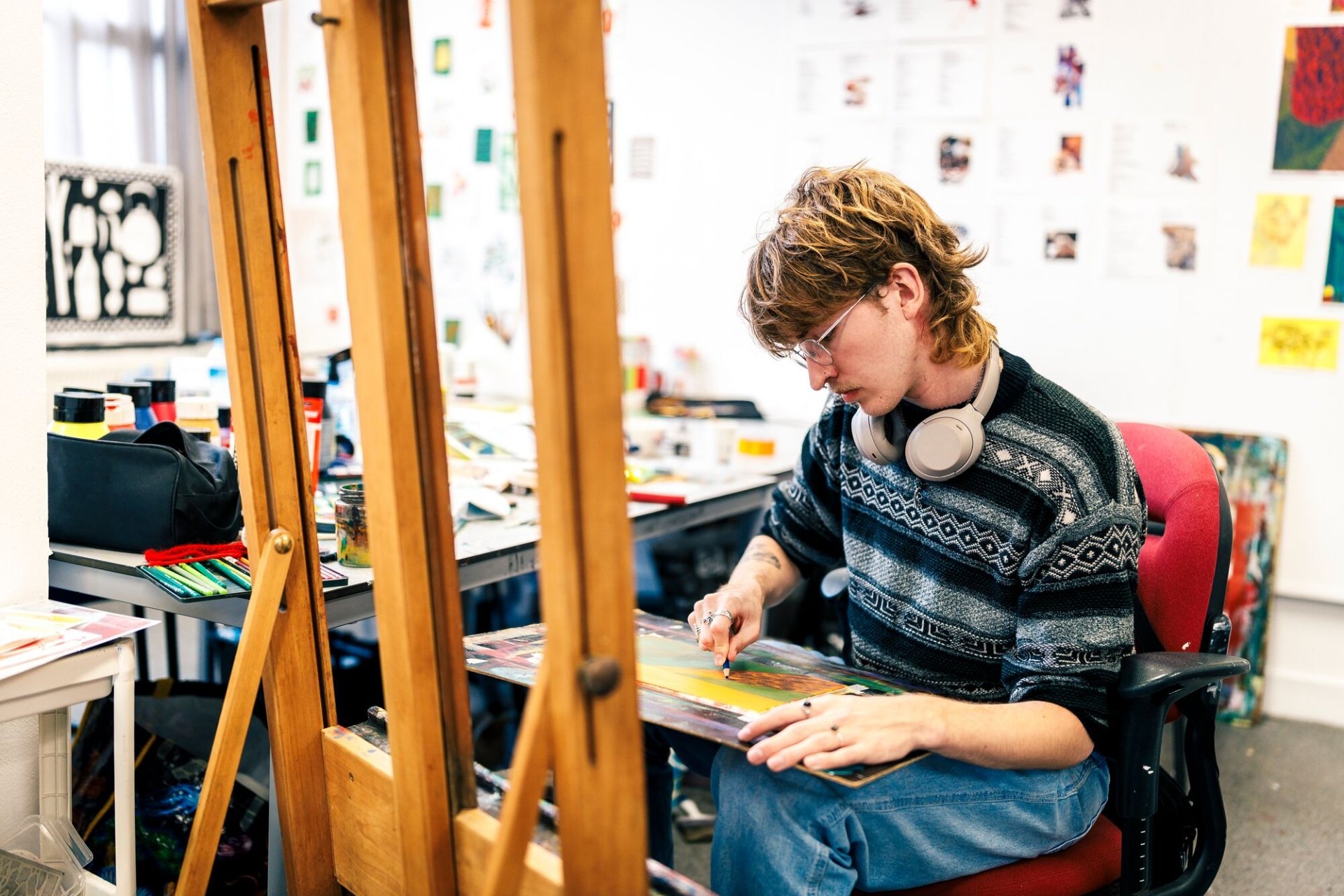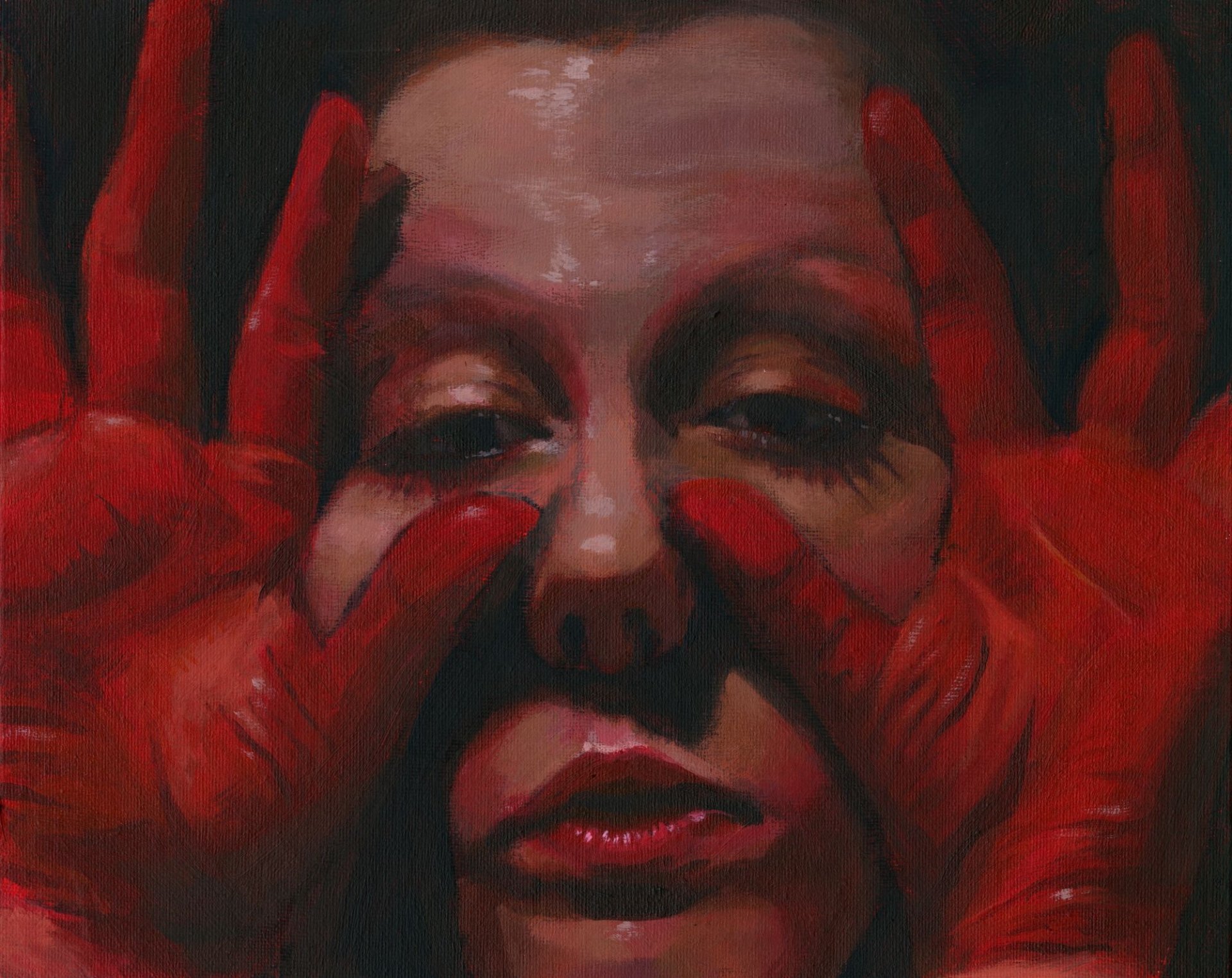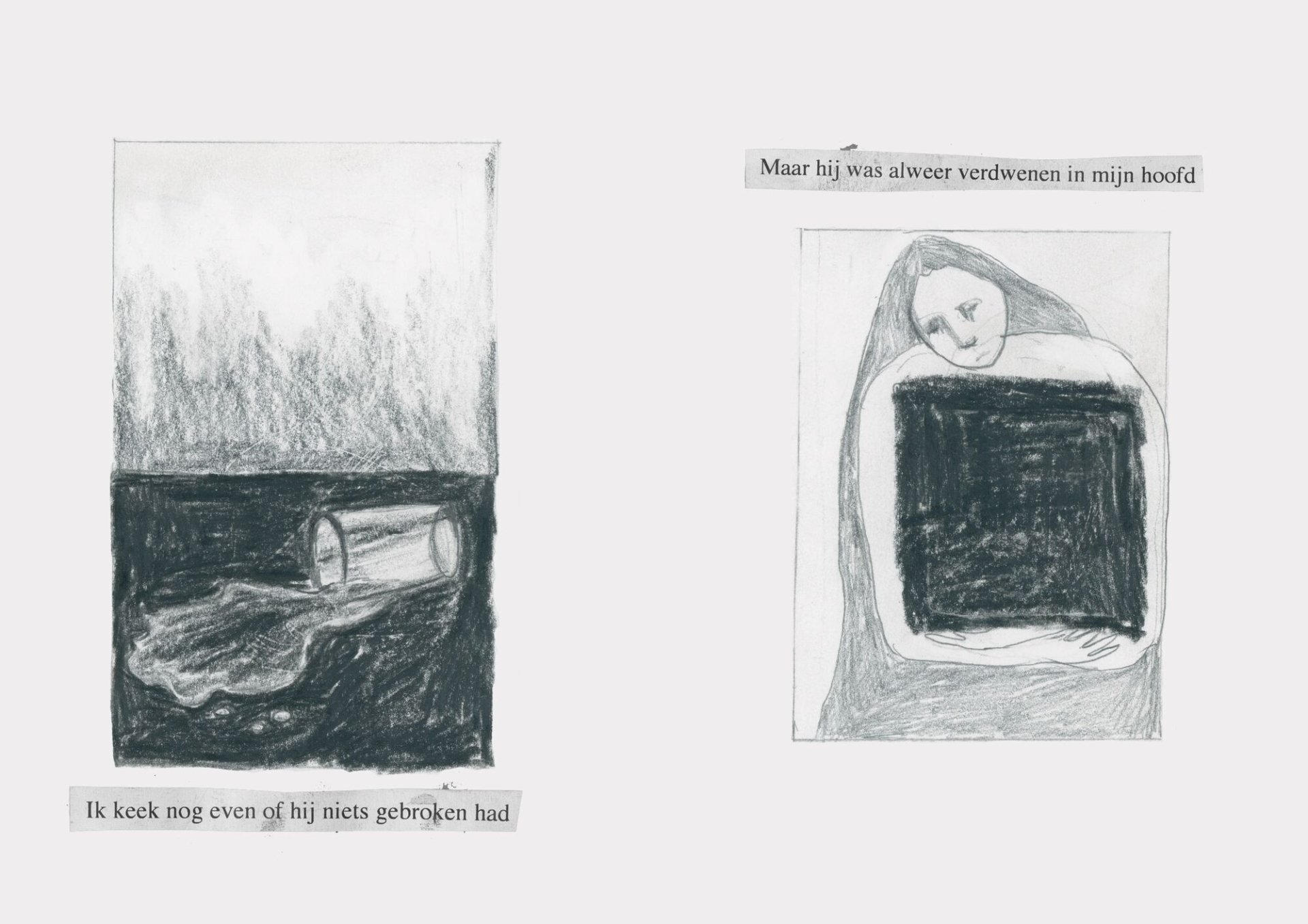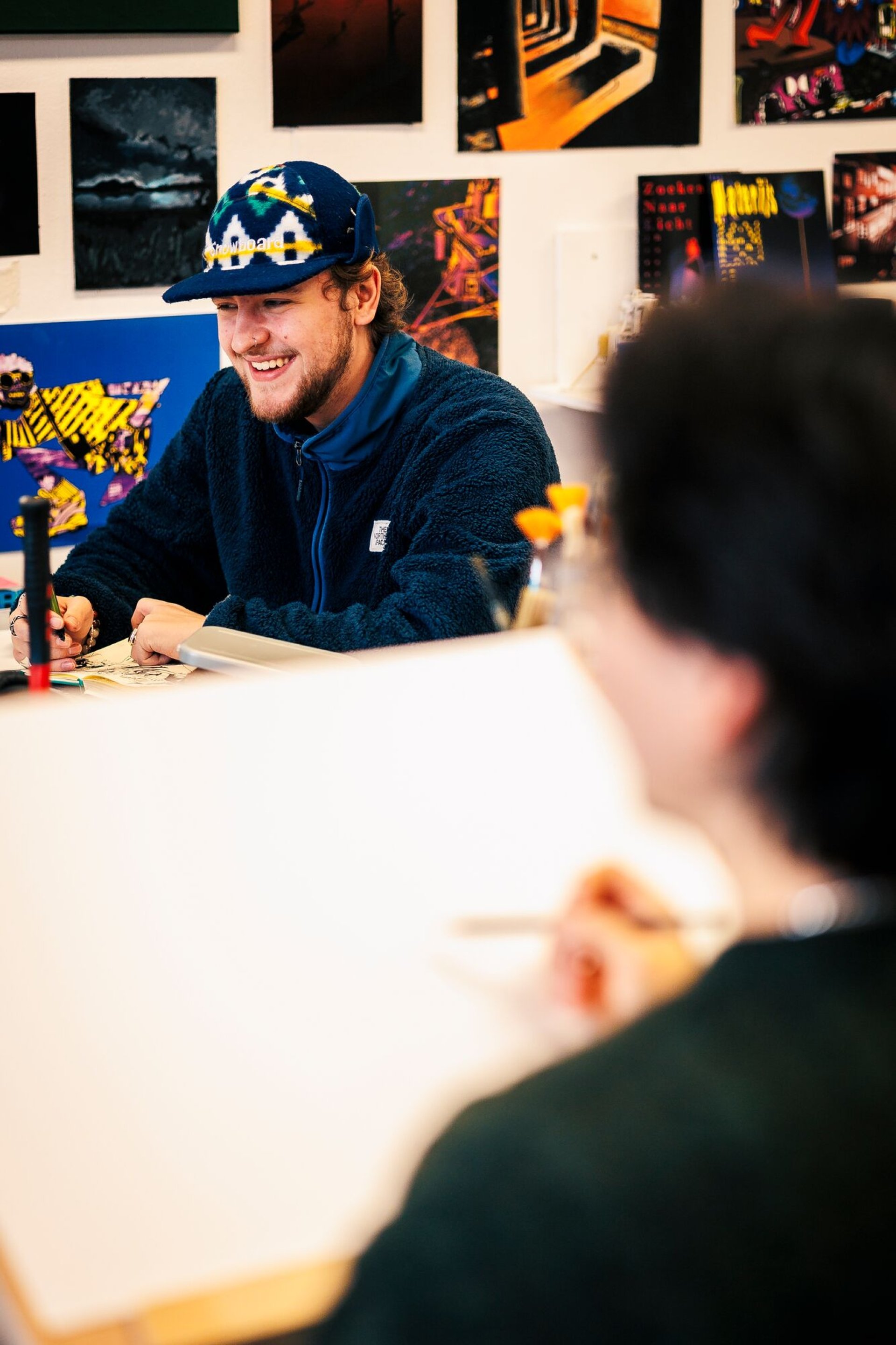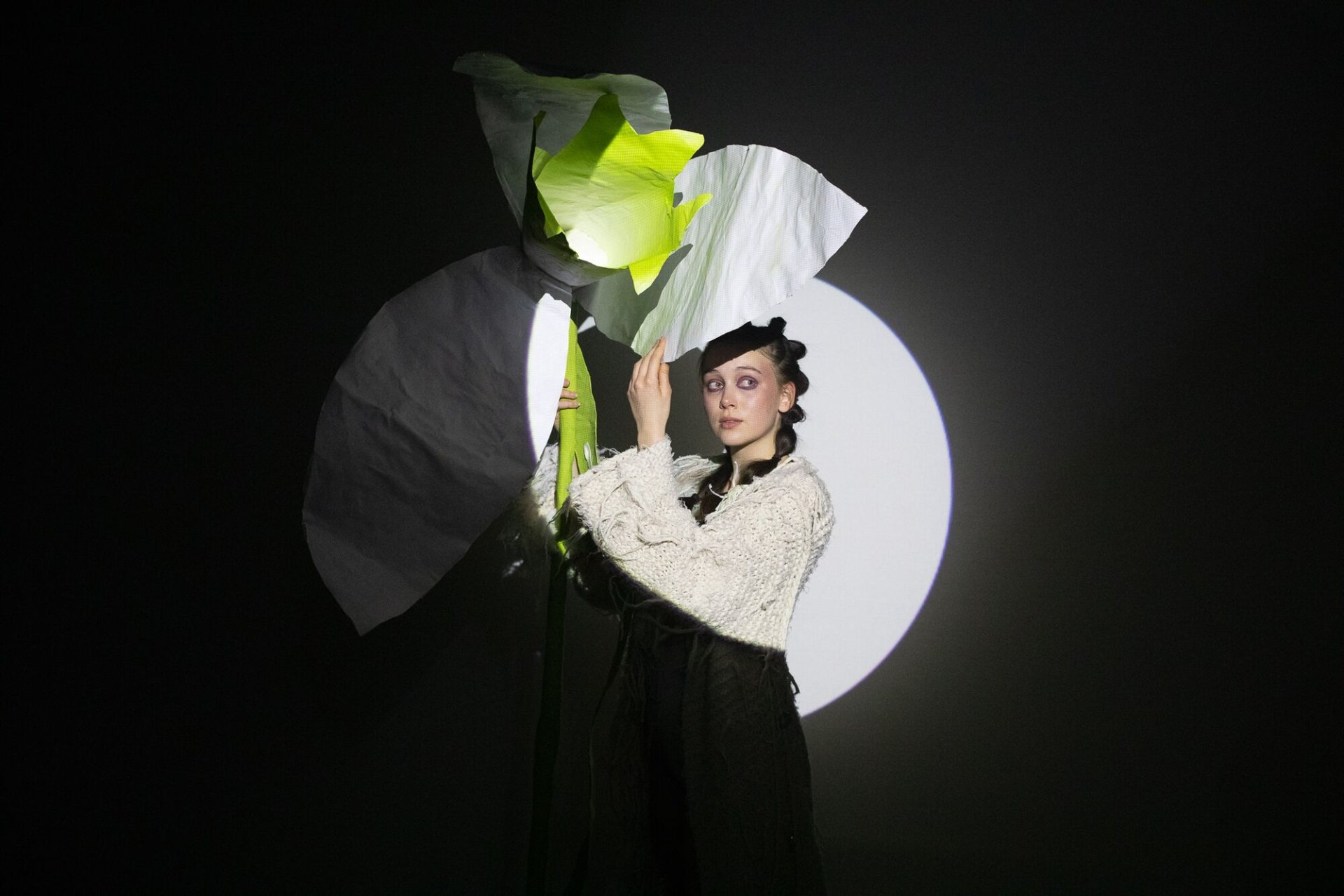Course
CourseIn the field of Illustration Design, individual research is central.This is aimed at providing you with insight into the field and your own talents, fascinations, and (media) preferences. At the end of your studies, you will look at yourself, your work, and your surroundings with a fresh perspective.
Illustrator with a unique visual language
In Illustration Design, we encourage your imagination and associative abilities, as these skills are crucial for creating sincere and authentic visuals and stories. To develop into an illustrator with a distinctive visual language, you learn to always work from your own experiences and way of seeing.
Throughout the program, great value is placed on originality, allowing you as a future illustrator to initiate your own projects. This, however, does not hinder working on commissioned assignments.
After four years, your work will be able to engage viewers' imagination, stimulate their thinking, provoke action, inspire playfulness, encourage participation, and evoke fantasy in various ways, across different media formats and in all possible contexts. Within these possibilities, you will explore how your work can reach relevant audiences and the added value it brings to your environment.
Course structure
Projects
In the second and third year of Illustration Design, the subject matter is delivered through projects that typically last two to three weeks. After each project, you have a week dedicated to your individual research. During this time, you can utilize the knowledge and insights gained from the project.
During project weeks, you work full-time on assignments given by one or more teachers. The content and approach vary from project to project. For example, in one project, you may create editorial illustrations based on daily articles, learning to manage tight deadlines. In a painting project, the focus is on the process, and you actively work in the painting studio.
Guest lecturers are often invited during projects, such as a journalist who teaches you how to conduct interviews for a podcast. During the travel project and professional preparation project, you leave the academy and work on location, taking on assignments from industry clients.
You learn to establish connections between the projects, theory lessons, and your individual research. You can discuss with teachers the possibility of combining various assignments and achieving depth within your individual research.
Facilities
With fellow students, you can make use of a dedicated workspace/studio. This is where all classes and projects take place, and you have your own workstation where you can leave your materials and hang your work. The room also serves as a presentation space during the completion of projects and assessments.
During your studies, you can also utilize the workshops, such as the printmaking, woodworking, and metalworking workshops, as well as the photography and animation studios. Experienced instructors are available to assist you in executing your work and teach you various techniques.
Study Trips
During the program, you will go on various study trips. In the first year, you will visit Berlin together with students from different visual arts disciplines in Zwolle. During this intensive week, you will visit various museums, performances, and presentations. There will also be a special "Illustration Day" organized.
In the second and third year, there is a one-month period without classes dedicated to traveling. You have the freedom to choose the destination, decide what you will do, what you will research, and how long you will travel and with whom. You are responsible for organizing the trip yourself. During the travel project, you will engage in visual exploration, reflection, philosophical discussions, drawing, and observation.
The route may include visits to art academies, spiritual, architectural, and scenic highlights, as well as interesting artists. You will document the stories you encounter along the way and share them with those back home. All students can be followed on our travel project website.
You can find photos and short reports on our Facebook and Instagram pages.
Doing research outside of your regular class hours
When you study at ArtEZ, you also get acquainted with research. Think of theory classes, material research, and socially engaged research. Within your course, there is ample support and space to discover what kind of artistic researcher you are. But outside your regular class hours, there are also special initiatives, activities, and workshops where you can work on research. Especially for students who seek further depth. Curious? Then quickly read more about the (extracurricular) research activities.
Studying in Zwolle
Zwolle is a dynamic Hanzestad city with winding streets and many unique shops and eateries. It is a place where creative students, innovative entrepreneurs, and independent thinkers easily come together. Discover more about studying in Zwolle here.
